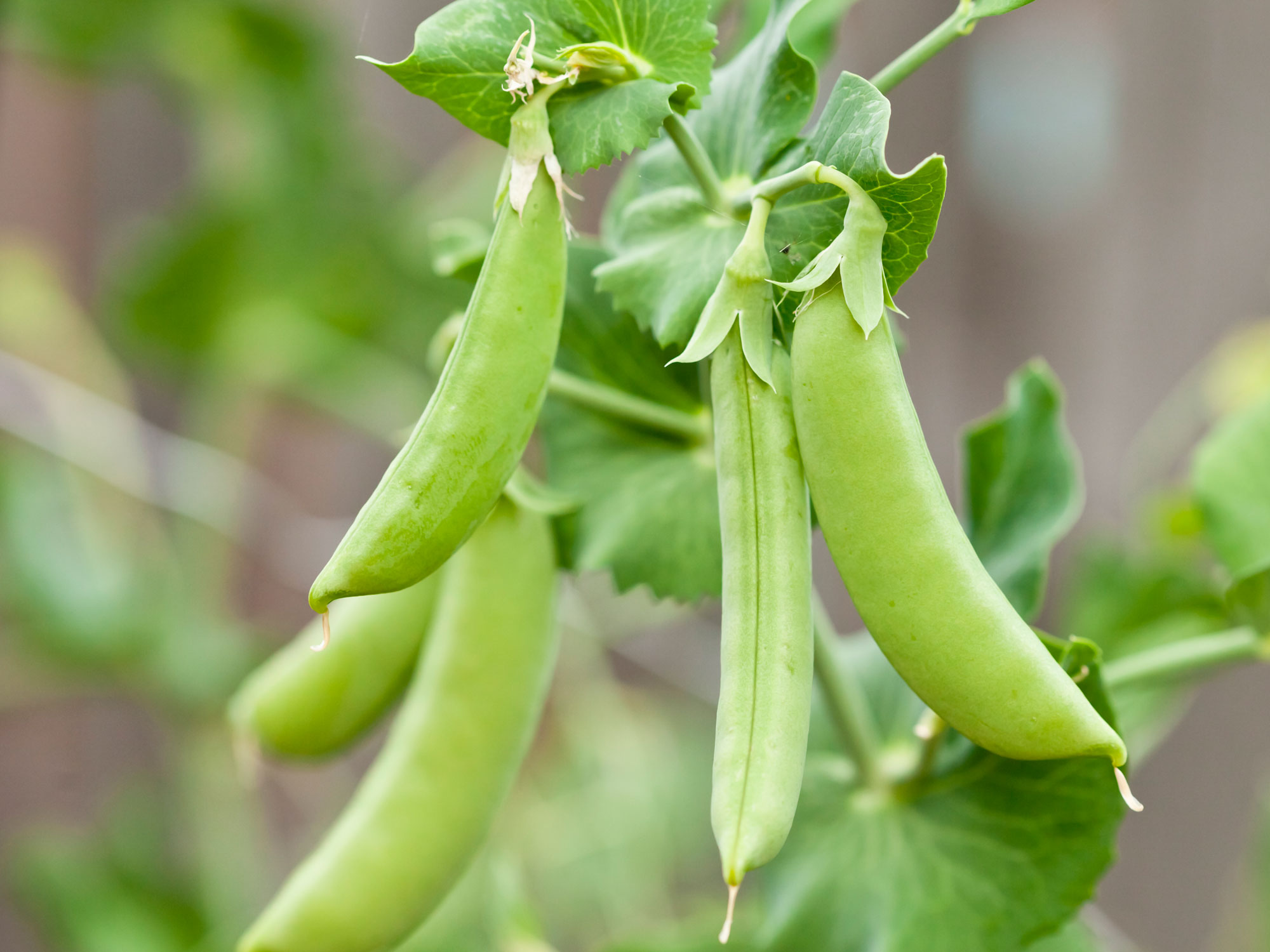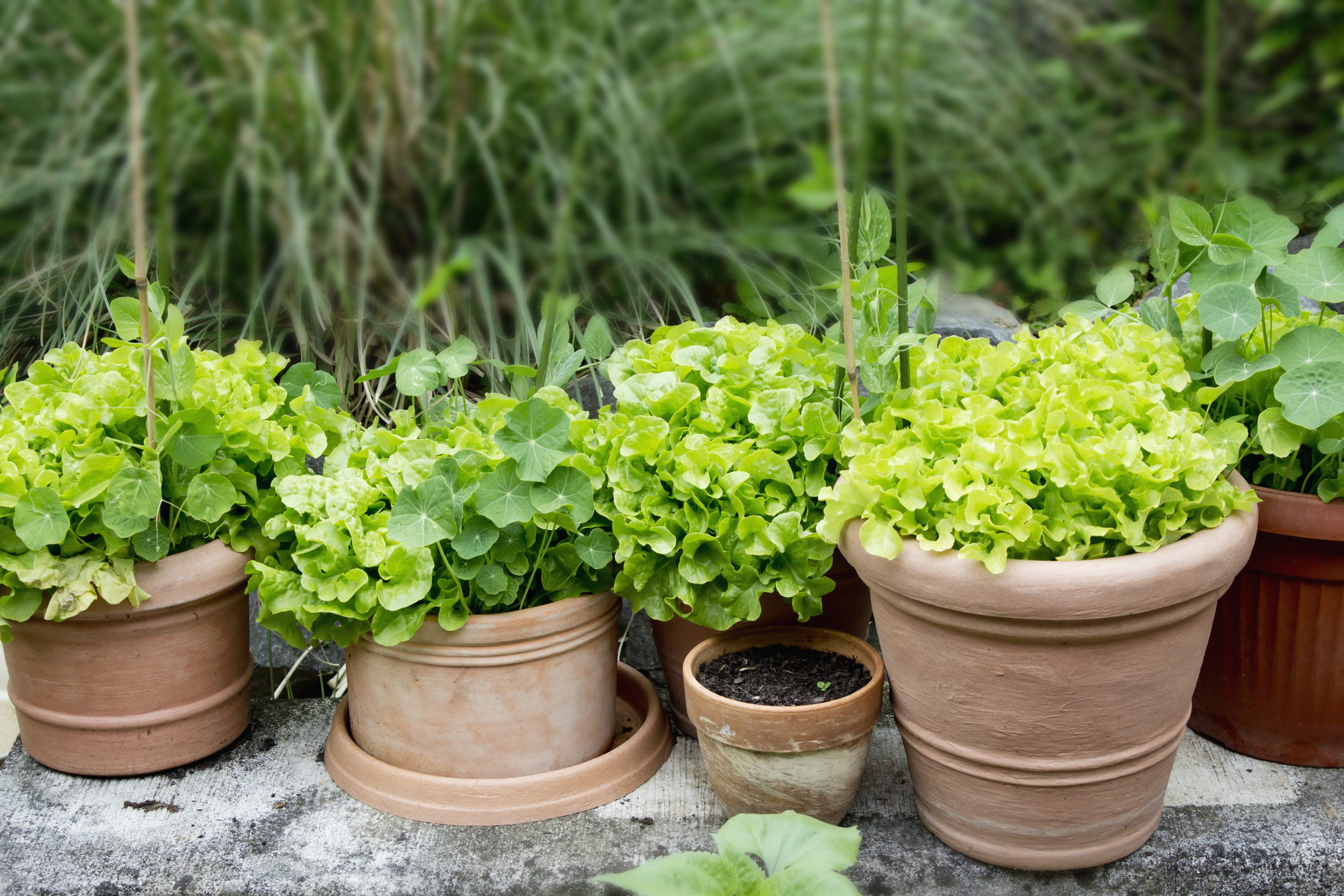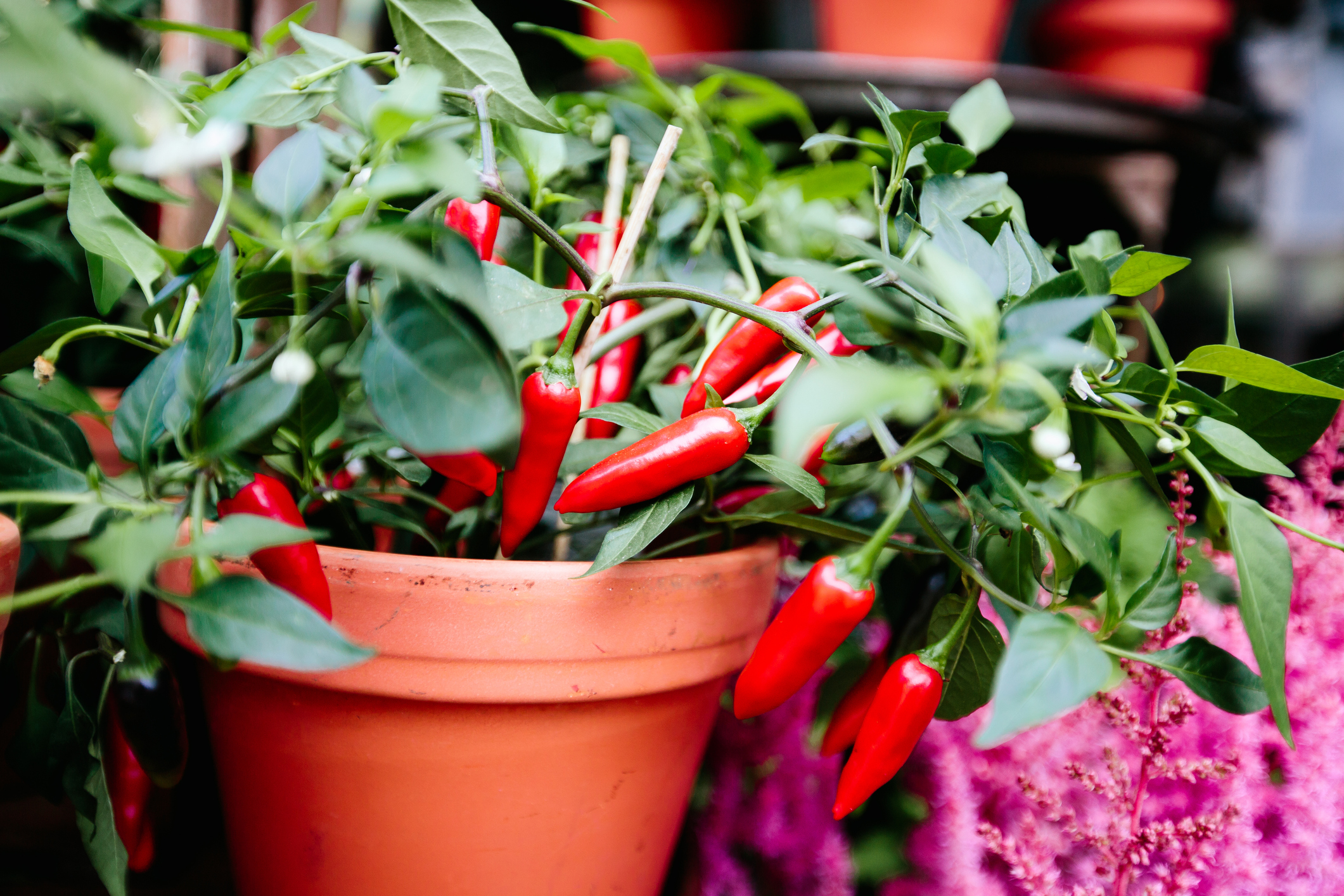
There’s nothing quite as satisfying as growing your own fruit and veg. Trust us, even Meghan Markle, Duchess of Sussex, is living the grow-your-own dream.
But if you don’t feel quite ready for an American Riveria Orchard-level project, there are plenty of easy vegetables to sow in May and start your grow your own journey. Plus you won’t have to wait long to enjoy the fruits of your labor either. Some veg will even be ready to eat in just 30 days!
To get the best advice on what to sow in your vegetable garden now, how to sow and how to harvest, we’ve gone to a true vegetable-growing icon. So grab a pack of seeds and get sowing this May. Who knows, by next year you could be gifting your very own Montecito-inspired jams!
1. Tomato Plants

Growing your own tomatoes really is a right of passage for both experienced and beginner gardeners, plus they’re a personal favorite of the grow-your-own icon Farmer Lee Jones at The Chef’s Garden.
When it comes to how to grow tomatoes in containers ‘Kickstart your tomato plants indoors this May and transplant them outdoors after the last frost,' Farmer Jones says. 'Opt for varieties like Early Girl or Sungold for an early and flavorful harvest. Choose a spot in your yard that receives full sun, meaning at least 6-8 hours of direct sunlight per day. Tomatoes require plenty of sunlight to develop and ripen properly.’
Timing your harvest is essential for maximizing flavor too. Too early and your tomatoes will be rock hard, too late and you’ll have tomato mush. Farmer Lee Jones’ advice is to go by color. ‘Harvest tomatoes when they are fully ripe and have developed their characteristic color and flavor. Gently twist or cut the fruits from the plants using pruning shears.’
Looking for the best shears for harvesting? We’d recommend Fruit and Flower Snips. Their long pointed blades help access hard to reach fruit stems and reduce the chance of cutting multiple stems.
2. Sugar Snap Peas

If you’re looking for some good old-fashioned mindfulness, you can’t go far wrong with shucking peas. These crops a favorite of Farmer Lee and thrive when planted in May.
‘Sugar snap peas and English peas thrive in cooler temperatures, making them ideal for May planting. Peas prefer a location that receives full sun, although they can tolerate partial shade, especially in warmer climates. Ensure the soil is well-drained and fertile,’ says veg expert Farmer Lee Jones.
Sugar snap peas are usually ready to harvest around 60 days after harvesting, depending on the variety. Keep a close eye on them though, as Farmer Lee explains. ‘Harvest peas when the pods are plump and well-filled, but before the peas inside become overly mature and starchy.’
Just be sure to know how to get rid of garden snails and slugs to keep them away from your seedlings!
3. Butterhead Lettuce

Summer is nothing without a sensational salad. Though growing lettuces and other greens may seem daunting, with Farmer Lee’s expert advice it couldn’t be easier.
‘Lettuce varieties like Lollo Rosso and Butterhead are quick to mature and perfect for your spring salads. Spinach is another great choice. Plant in fertile soil and keep well-watered for tender and tasty greens. Harvest lettuce and greens when they reach the desired size,’ says Farmer Lee.
Lettuces and other greens are super speedy growers too. For a May sowing of spinach, you could be eating it just 30 days later! To harvest, Farmer Lee advises ‘For loose-leaf lettuce varieties, you can harvest outer leaves as needed, allowing the plant to continue growing. For head-forming lettuces, cut the entire head at the base when it reaches maturity.’
When sowing lettuces this month, try and space out your sowings over the course of 3-4 weeks too. This way you’ll get a steady stream of crops that are ready to eat and reduce the chance of the lettuces bolting before you’re able to eat them.
4. Summer Squash

Barbecued veg really is food of the gods – add in a home-grown zucchini and you’ve got perfection. Farmer Lee’s top tip: don’t be tempted to sow your squash seeds before the last frost date has passed.
He says ‘Wait until after the last frost date in your area before planting summer squash. Soil temperatures should be consistently above 60°F for optimal germination and growth. Whether it's zucchini or pattypan, plant summer squash seeds in fertile, well-drained soil.’
To harvest your crops, Farmer Lee says ‘Summer squash is typically ready for harvest 45-55 days after planting. Harvest the fruits when they are small to medium in size and tender. Use a sharp knife or pruning shears to cut the squash from the plant.’
But it isn’t just the fruits that are edible, zucchini flowers make great snacks too. Just be conservative in how many flowers you take though, as less flowers means less fruits!
5. Chilli Peppers

Just like tomatoes, chilli peppers are another tasty sun-loving plant to sow in May and harvest over the summer, advises Farmer Lee.
He says ‘Jimmy Nardellos, Padron, and Shishito are a few of my favorite peppers to grow. Start pepper seeds indoors and transplant them outdoors after the danger of frost has passed. Choose a spot in your garden that receives full sun, meaning at least 6-8 hours of direct sunlight per day. Peppers grow best in warm, sunny conditions.'
Farmer Lee’s top tip to harvest peppers like a pro is all about color. He says ‘Harvest peppers when they reach the desired size and color. Most peppers can be harvested green or left to mature to their final color such as red, yellow, or orange.’
Don’t worry if you grow more peppers than you can eat either. Simply tie up the excess peppers in bunches and hang them in a dry location for 3-4 weeks until completely dry. You’ll then be able to use them to spice up curries, chilli, or hot sauce for up to a year.







